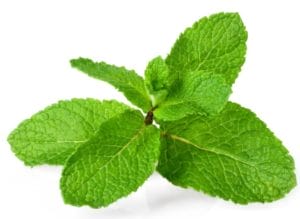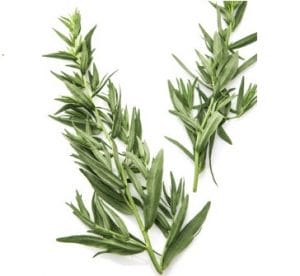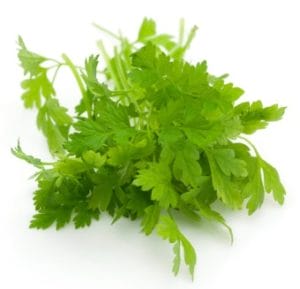Being able to naturally add flavor is a key technique in the kitchen when allergies limit your primary food options. Spices have year-round availability, but fresh herbs hit their stride in spring. In addition to well-loved basil, chives, cilantro, dill, oregano, parsley, rosemary and thyme, consider adding the following sprigs to your regular rotation.
Chervil
Similar to parsley but with a touch more flavor depth and a hint of anise. Avoid cooking this delicate herb. Instead, blend it into rich salad dressing or stir into your favorite potato salad.
Kaffir Lime Leaves

Stronger and more fragrant than ordinary limes, these are essential for recreating the authentic taste of Thai cuisine without top allergens. Use in curries, coconut milk soups and Southeast Asian noodle dishes.
Marjoram

Sweet and milder than its cousin, oregano, it’s a natural match for comfort foods, from homemade sausage to roasted potatoes.

Mint
Widely used in Indian, Moroccan and Middle Eastern cuisine, it has a cooling effect that adds delicious contrast to soups, grilled meat (particularly lamb) and grain salads, while complementing dairy-free yogurt, crunch salads and cool beverages.
Tarragon

Bold and bright, with a bittersweet flavor and anise aroma, it withstands a bit of heat but is best added near the end of cooking. The slender leaves are a perfect match for chicken, mushrooms, tomatoes, citrus, and for adding a pop of flavor to pesto.
How to Preserve Spring Herbs
In Water: Pack washed chopped herbs into the wells of an ice cube tray. Top off with water and freeze. Pop out cubes and store in airtight plastic bags int he freezer. Defrost and drain to use in recipes or toss small cubes into cool beverages for added fragrance and flavor.
In Oil: Wash and thoroughly dry 2 cups of leaves. Place in blender with 1/3 cup olive oil, pulse to chop leaves, and then puree until smooth. Pour into a zippered freezer bag, press air out, seal and flatten to freeze. Squeeze out puree as needed for recipes.
Dried: Tie 5 herb stems in bundles with a rubber band. Wrap loosely with a paper bag and poke several holes around the bundle. Hang upside down in a warm, dry spot until dried, about 1 week.
Related Reading:
The Garden and My Food-Allergic Sons: Cultivating New Tastes
Herbivore Muffins: Tasty Recipe with Fun Lessons for Kids






